How and what to feed puppies at the age of 1 month?
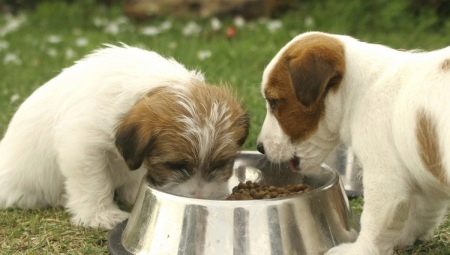
When buying a small puppy, the first step is to study the rules for feeding it. If you figure out from the very beginning what and how to feed your pet, then in the future it will be possible to ensure the harmonious development of the animal.
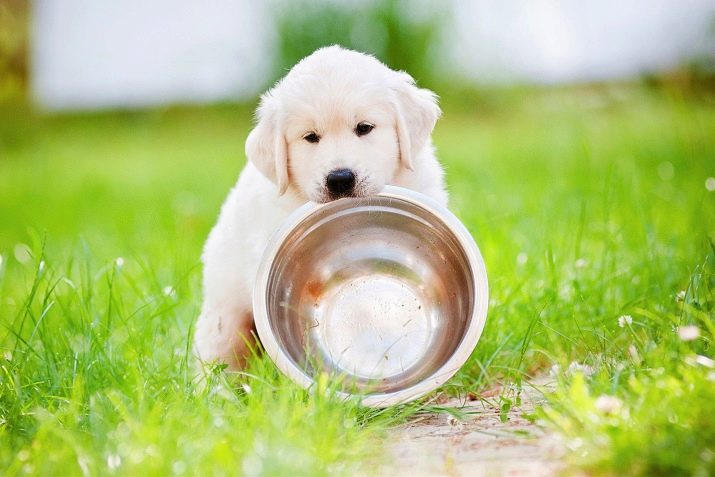
First feeding rules
The first complementary feeding is carried out in the third or fourth week of the puppy's life in the case when he is with the mother and has the opportunity to regularly receive her milk. In the case when there are more than 8 individuals in the litter, or the puppy is fed artificially from bottles, then complementary foods will have to be introduced from 7 to 10 days of the puppy's life, when he will see clearly. It is customary to give sheep or goat milk as the first food, to which a fresh egg is added. The liquid warms up a little at first, and the egg mixes well. It is important that this product is free of harmful bacteria.
First, it is better to offer milk to the pet in a container with a teat, and when he gets acquainted with the new food, pour it into a saucer.

So the puppies will gradually begin to master the skill of lapping. Naturally, all this will not happen too neatly, therefore, after completing the feeding, the animal's muzzle should be wiped off. Once the dog has mastered the lacquering of egg milk, you can move on to liquid porridge, also boiled in milk. Experts recommend starting with oatmeal or ground oatmeal. One or two eggs are added to a pan of porridge, boiled for the entire droppings.
At the same stage, it is also recommended to add cottage cheese to the diet of dogs, because the calcined product is intended for the prevention of rickets. For puppies, it is prepared as follows: a liter of milk is brought to a boil, after which about 4 tablespoons of calcium chloride are added to it.
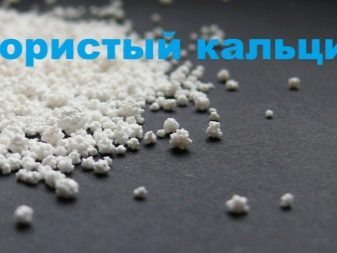
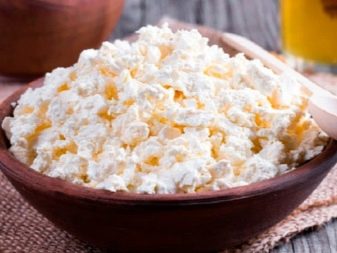
After mixing the substance, it is necessary to discard the cottage cheese, knead it and mix it with whey to form a liquid gruel. The remaining serum can be offered to the lactating female.
From the 14th day, minced meat is added to the puppies' diet. The product must be fresh, frozen and then thawed. For small dogs, veal, turkey or rabbit are suitable, that is, a delicate and low-fat product. Minced meat is offered only after the puppies have drunk their mother's milk or from a bottle.
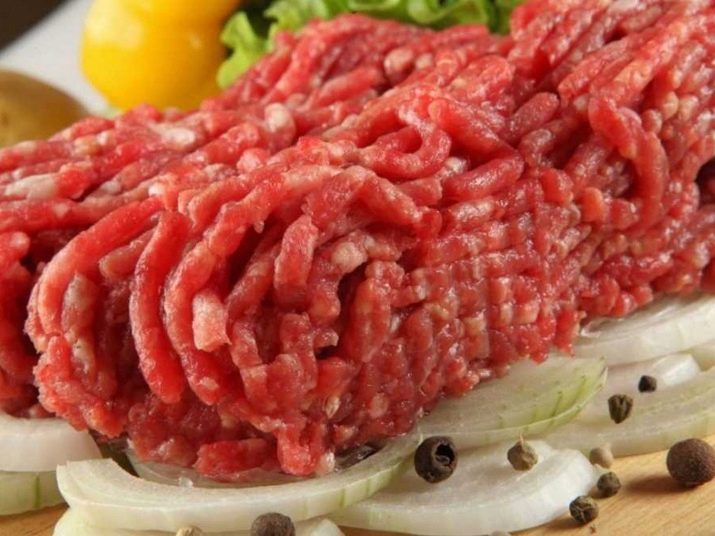
What can you give?
Monthly puppies should be fed only with fresh food, since even a small deviation from the expiration date threatens to poison the pet. The main component of the diet, of course, is meat. This product should make up almost 40% of all food eaten by the puppy. As a rule, the amount required is determined by a simple rule: there should be 30 grams of meat products per kilogram of animal weight. A puppy who has grown up to the age of one month is allowed to offer a raw, boiled or simply scalded product.
If the dog belongs to a large breed and in the future it will become a guard, then it is better to give it raw meat immediately. Skinless chicken is perfect for pets. In addition, the diet should include veal, turkey and beef, as well as offal, such as hearts or liver.
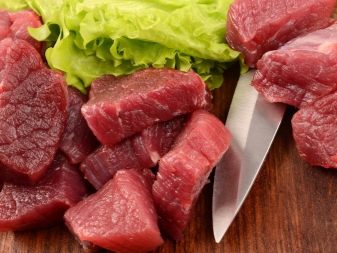
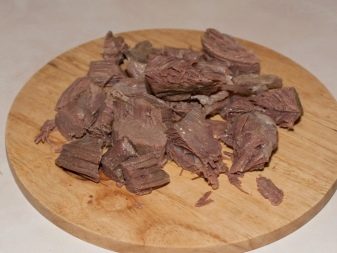
For greater convenience, all meat products are cut into small pieces. Fish should be added to the puppy's diet, but in moderation - only a couple of times a month.
It is better to choose white meat that contains a small amount of seeds. River fish for babies is not recommended precisely because of the high content of bones. Boiling the product is optional, but recommended to avoid helminth infestation. In those meals, when the puppy is given fish, there is no need to cook the meat.
Milk is required for dogs during the first 4-6 months of life. Both cow's and goat's milk will work, but the latter is considered more suitable as it does not cause allergies. It is better to dilute cow's milk with drinking water to avoid diarrhea. Milk is removed from the diet when the puppy is 6 months old, but this is done gradually so as not to stress the animal. In addition to milk, you cannot do without fermented milk products, which are the main source of calcium and contribute to proper digestion.
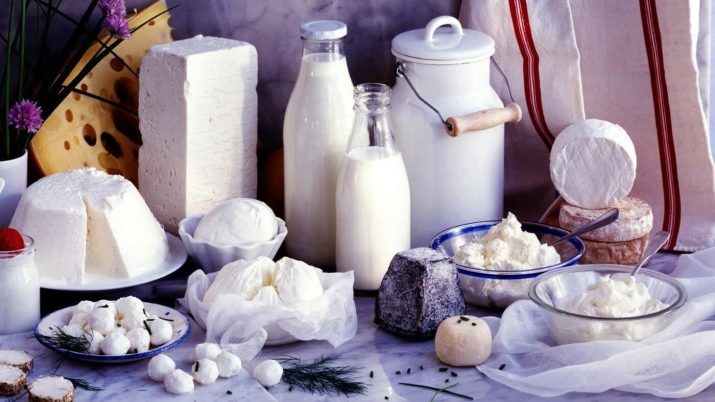
Products such as cottage cheese, kefir and low-fat sour cream are suitable. During training, it is not forbidden to give the dog a piece of cheese as a treat.
Cereals are just as important as other foods in a dog's diet, but they are still in third place after meat and dairy products. For feeding the pets, rice, oatmeal, buckwheat and semolina porridge cooked in milk are selected. However, when offering a baby such a dish, it is important to watch out if it will cause an upset stomach. If trouble happens, then this cereal should be removed from the diet for 10 days.
Vegetables provide your dog with essential vitamins. Typically, carrots, beets, squash and pumpkin are used. They are added to the diet in small quantities and must be stewed. In rare cases, the animal is offered eggs - either raw or boiled. You can also add some greens to your meals. Fruits, dried fruits and berries are used as animal treats. In principle, dry food is not prohibited for puppies one month old, but not all experts approve of it.



The product must be of high quality and contain all the necessary vitamins and minerals.
A one month old puppy eats 6 times a day. Alternatively, as the first meal, you can offer him cottage cheese mixed with kefir, and then feed him twice with rice porridge with meat and grated vegetables. This is followed by cottage cheese again, and then the same porridge with meat and vegetables, but already buckwheat.As a finishing dish, rice or buckwheat porridge with meat, but without vegetables, or just meat is suitable.
Another option for the day begins with milk porridge or curd with sour cream, offered at 7:30. Then at 10:30 the puppy receives a mixture of porridge, cut into small pieces of meat and boiled carrots. At 13:30 it is enough for him to drink milk, but at 16:30 repeat the meat porridge with vegetables. At 7:30 pm, the dog can be offered milk porridge with pieces of fruit or other dairy product, and the day can be finished with pieces of raw meat at 10:30 pm.
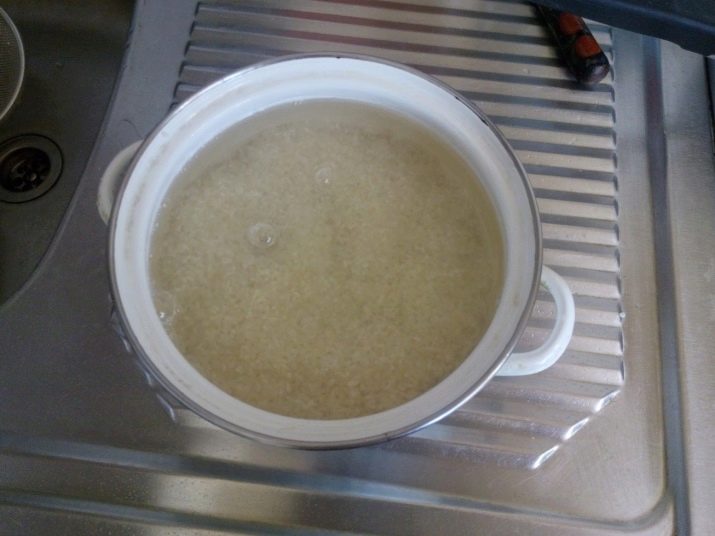
Speaking about the diet of babies, one cannot fail to mention its enrichment with vitamins. The easiest way to use is fish oil, which increases from 3 drops to a teaspoon daily.
Suitable as a vitamin supplement and seaweed, finely chopped and offered in the amount of a quarter teaspoon. The hosts also use brewer's yeast, bone meal, calcium glucanate or calcium glycerophosphate. In addition, raw vegetables, chopped to a porridge state, or pitted sea fish can be a vitamin supplement.
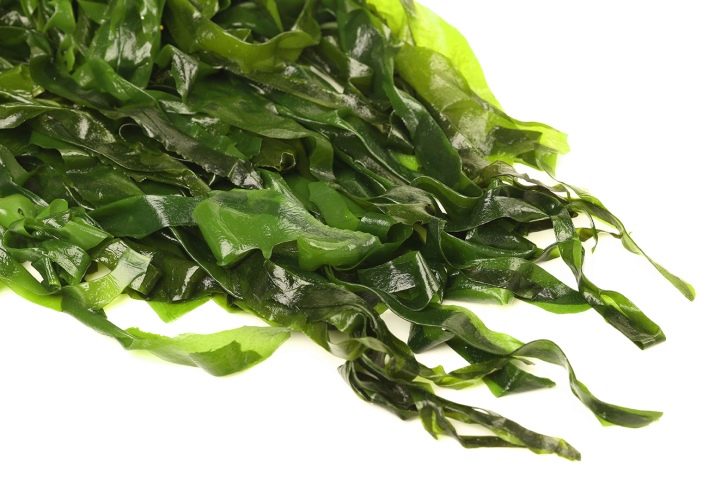
What can not be fed?
The list of foods prohibited for puppies is the same as for adults. Dogs should not be given sweets and starchy foods, smoked meats, lamb with pork, as well as legumes. Dishes must be prepared without the use of spices, and long bones of birds should also be avoided.
In addition, puppies should not be fed from their table, as their gastrointestinal tract will simply not be able to digest human food.
Problems can range from common indigestion to death. Remnants of sausages or sausages, as well as bony river fish, are especially dangerous.
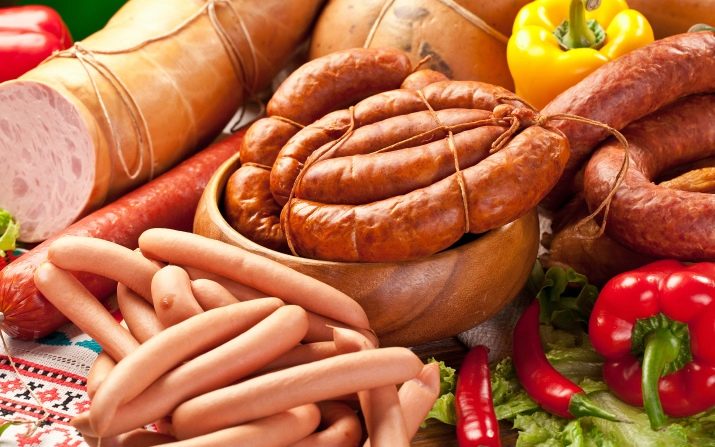
Feeding rates
Puppies 1 month old should be sure to eat at the same time in moderation to avoid stomach distension. Both excess food and starvation will have disastrous consequences. Food should be varied and rich in vitamins and other useful elements. It is necessary to organize for the dog and constant access to drinking water, especially if the basis of his diet is dry food.
The food itself should be neither cold nor hot, but rather at room temperature. If the animal refuses to eat, then the bowl should simply be removed before the next meal. The plate must be located at the level of the animal's muzzle. If dry food is purchased, then you need to take only one that corresponds to the age of the animal.

The mixtures are available in economy, premium and super-premium classes, but only the latter two are recommended for use for small animals.
Quite often, dog owners make a gross mistake by combining natural and dry food. This is not allowed, you only need to choose one type of food. Dry food will never replace natural food, and even being chosen as the main food, it should be supplemented with mineral complexes. The amount of dry food is determined depending on the size of the animal and its age. How to determine the rate for your animal is indicated on the package.
For the dog, you will have to have two bowls - for water and for food. The kids will initially have to be taught their location, which should remain the same. The water will have to be changed once a day, and the food container should be rinsed and wiped after each meal. To understand if a puppy has enough food, you need to look at his behavior. In the case when the animal stays at the bowl for a long time, licks the container and collects the crumbs, it is clearly malnourished, then the portion size should be slightly increased.
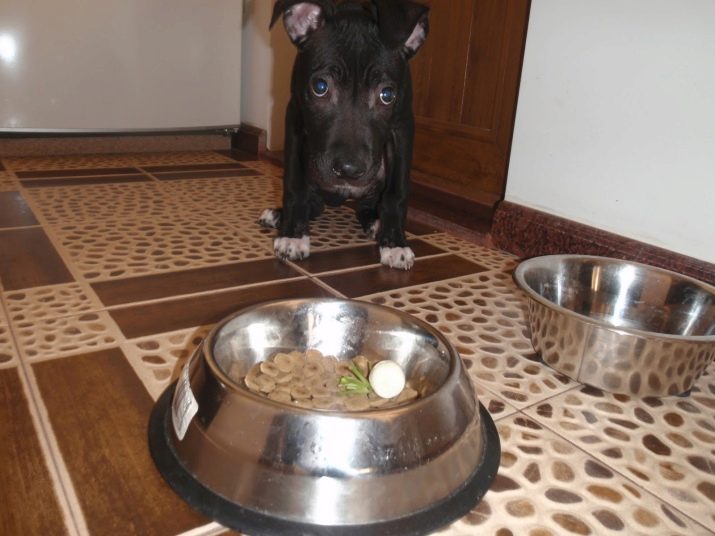
If food remains in the bowl on a regular basis, this indicates an excess portion size.
In addition, the appearance of the pet speaks of satisfying the dog's food needs.When the food is chosen correctly, the dog pleases the owners with the look of shiny coat and healthy teeth, as well as cheerfulness. The absence of these conditions indicates a violation of the feeding process.
It is also worth mentioning that the breed of the animal has little effect on what foods and in what quantities it should receive. Large breed puppies require meals with a high protein content. In addition, it is important to ensure that they do not overeat, which threatens the appearance of skeletal pathologies. Small breeds require regular vitamin supplementation to prevent the development of heart disease. Dachshunds need foods rich in fluoride and calcium to strengthen their spine.
How to feed your puppy, see below.






































